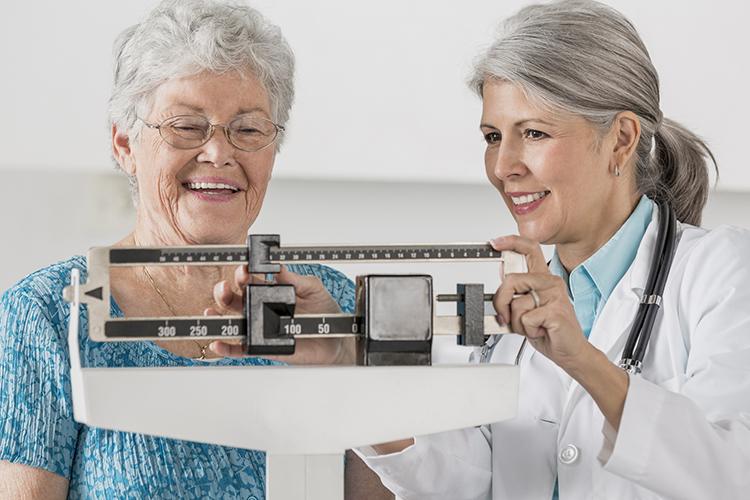
1 in 3 older Persons
living independently are
at risk of malnutrition1
Malnutrition in older people
Older people are at risk of malnutrition when living in the community, as well as in hospital and in care homes. Malnutrition in older patients can be multifactorial and can present due to loss of appetite, social isolation, reduced activity, dysphagia and digestive or metabolic impairments and the impact of multiple co-morbidities.2,3
A poor diet quality, loss of body weight and/or muscle mass may also result in progression of sarcopenia and frailty. When the required intake of energy, protein and important micronutrients (e.g. vitamin D) cannot be met by oral nutrition, then enteral tube feeding may bridge the gap and help manage the consequences of malnutrition.2,4-8
Who is at higher risk?9
- People 65+ living alone or in care homes
- Older adults after a stroke
- People with neurological conditions (such as dementia or Parkinson's disease)
- People with problems chewing or swallowing, loss of appetite or immobility, psychological stress or depression, a changed sense of taste or medications
First signs and symptoms of malnutrition10,11
- Unintentional weight loss (>5 %) in the past 3-6 months
- Low BMI (e.g. <22kg/m2)
- Weak muscle strength (e.g. low hand grip strength)
- Low/loss of muscle mass
- Poor physical function/performance (e.g. slow gait speed)
- Reduced quality of life
- Feelings of exhaustion
How to manage malnutrition for older patients?
The enclosed decision tree helps to find the right nutrition management based on the latest ESPEN Guidelines.


